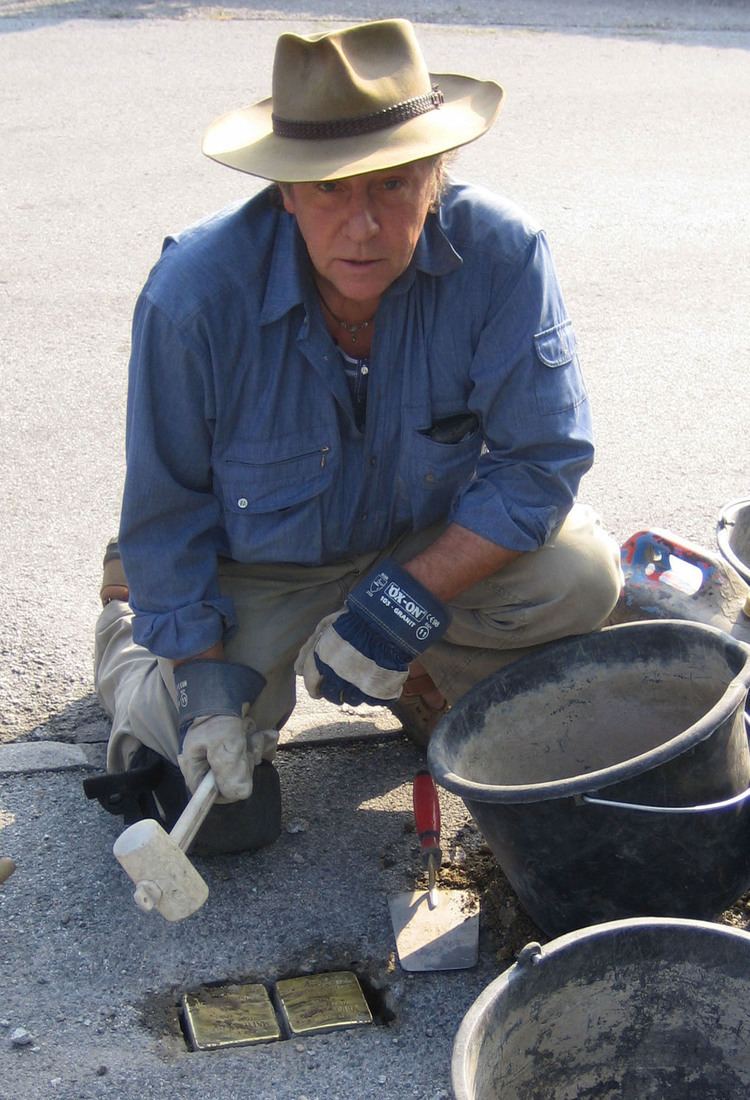Name Gunter Demnig | ||
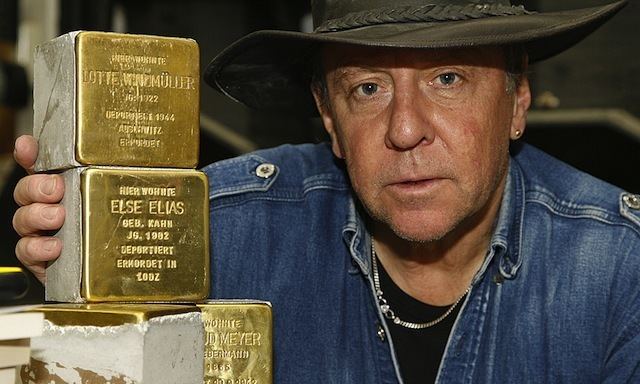 | ||
Education Berlin University of the Arts | ||
stolpersteine stumble blocks tracks and paths gunter demnig at tedxkoeln
Gunter Demnig (born 27 October 1947 in Berlin) is a German artist. He is best known for his "Stolperstein" memorials to the victims of Nazi persecution and oppression in Nazi Germany.
Contents
- stolpersteine stumble blocks tracks and paths gunter demnig at tedxkoeln
- Stolpersteine ein portrait uber gunter demnig
- Biography
- Works
- Shows
- Stolpstersteine in different countries
- References

Stolpersteine ein portrait uber gunter demnig
Biography

Gunter Demnig grew up in Nauen and Berlin and acquired his abitur in 1967. Later that year, he began studying creative education at Berlin University of the Arts with Professor Herbert Kaufmann. From 1969 to 1970, he studied industrial design there. In 1971, he transferred to the Kunsthochschule Kassel, resuming his study of creative education and passed the first state examination in 1974.

That same year, he began studying art with Harry Kramer at the University of Kassel. Following that, he spent two years planning, building and managing historical monuments, from 1977 to 1979. From 1980 to 1985, Demnig was an artistic-scientific colleague on the art faculty at the University of Kassel.
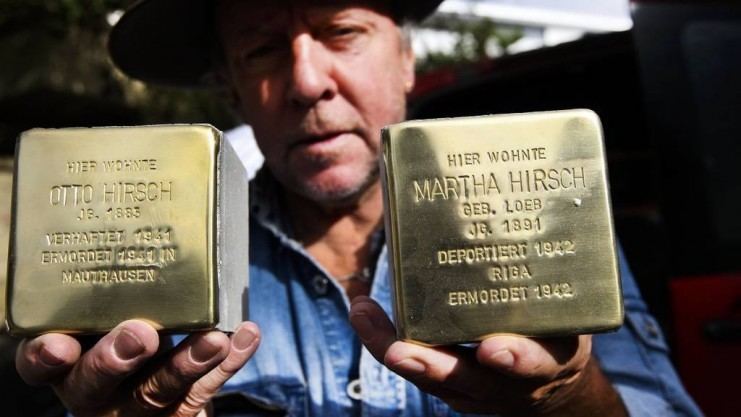
In 1985, he opened his own studio in Cologne and worked on numerous local projects. Since 1994, he has also been involved with the IGNIS-Kulturzentrum (IGNIS Cultural Center).
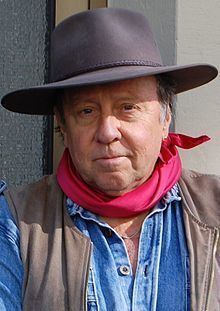
Demnig's best known work is what he calls Stolpersteine. Stolperstein (in the singular) is the German word for "stumbling block". Demnig's Stolpersteine are small, cobblestone-sized brass memorials for the victims of National Socialism. Set into the pavement of sidewalks in front of the buildings where Nazi victims once lived or worked, they call attention both to the individual victim and the scope of the Nazi war crimes. There have been over 48,000 Stolpersteine laid in 18 countries in Europe (August 2014), making the project the world's largest memorial.
Works
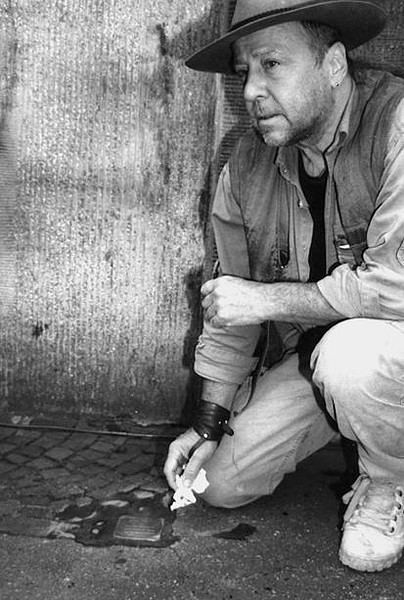
Shows
